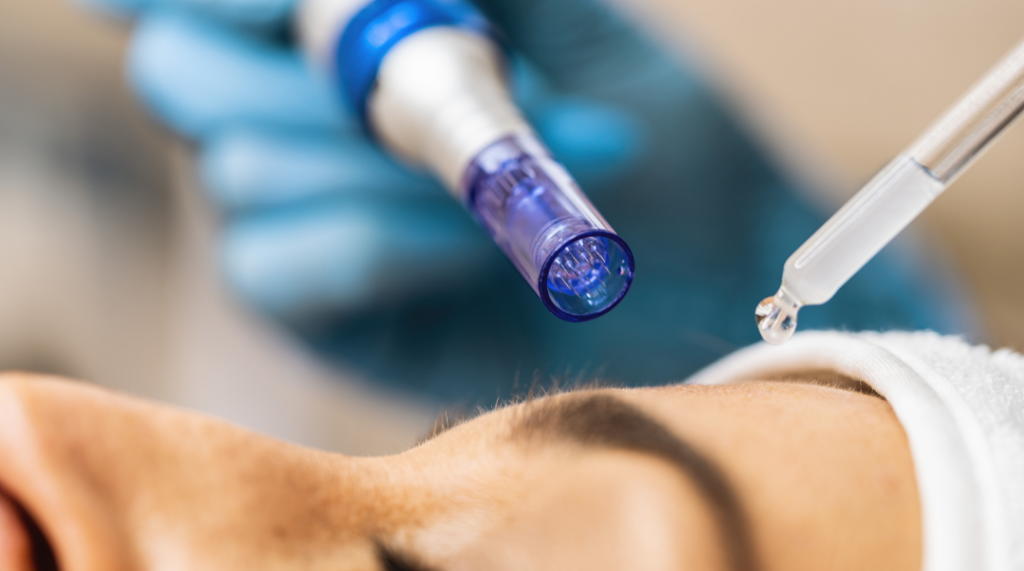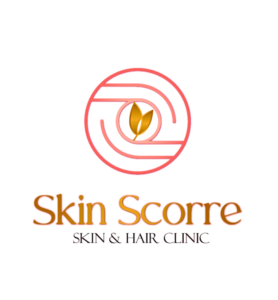What Is Microneedling
Microneedling is a minimally invasive procedure for your skin. Your healthcare provider uses thin needles to make tiny holes in the top layer of your skin. The damage helps stimulate your skin’s healing process, so it produces more collagen and elastin. These proteins keep your skin firm and smooth



Why Microneedling
Microneedling has cosmetic and medical uses. You might consider microneedling if you’re concerned about:
- Enlarged pores.
- Fine lines or wrinkles.
- Loose or crepey (thin and wrinkled) skin.
- Mild scars, especially those from acne or burns.
- Skin discoloration or uneven skin tone.
- Stretch marks.
The procedure can also help people who have medical conditions such as:
- Alopecia areata (hair loss due to an autoimmune disease).
- Hyperhidrosis (excessive sweating).
In some cases, healthcare providers use microneedling to deliver drugs or vaccines directly into your skin. The microneedles might be part of a patch that people apply themselves instead of going to their healthcare provider for shots.
Product Questions
Before microneedling, you have a consultation with a healthcare provider. A plastic surgeon, dermatologist or aesthetician might perform microneedling. Make sure that whoever does the procedure has experience in this technique.
Your healthcare provider cleans your skin and applies a numbing cream or ointment, such as lidocaine gel. They do this about 30 minutes to 45 minutes before your procedure, so the ointment has time to work.
Next, your healthcare provider uses a hand-held roller or an electric tool to make the wounds in your skin. The roller has tiny needles. Your healthcare provider rolls it slowly and gently across your skin. If they use the electric device, needles pulse up and down to puncture your skin. They can change the length of the needles on the electric device. Longer needles go deeper into your skin, which might be necessary if you have deep scars or pockmarks from acne. Needle lengths can range from 0.5 millimeters to 2 millimeters.
